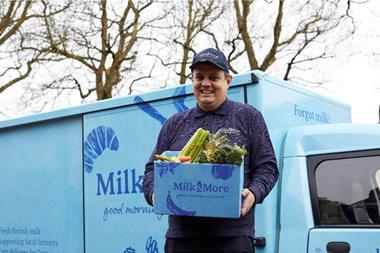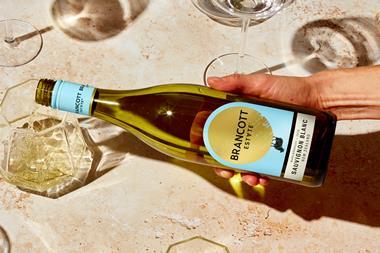Eight of the country's biggest food retailers and the three largest chicken processors have joined forces to tackle the most common cause of food poisoning campylobacter in raw meat.
Tesco, Asda, Sainsbury's, Morrisons, The Co-operative Group, Waitrose, M&S and Iceland are all part-funding a three-year research project led by University of Liverpool professor Tom Humphrey to establish how the bacteria gets into flocks and ways to reduce its presence.
The study will involve two scientists one lab-based and one who will work closely with processors Moy Park, 2 Sisters Food Group and Vion. They will study flocks from hatching to processing and identify the risk factors involved with a view to making recommendations to processors and retailers.
In the same way retailers had joined forces with egg producers to tackle salmonella in eggs, chicken retailers and processors had recognised their collective responsibility to fight campylobacter, said Humphrey.
"Processors have done a great job of doing all the work so far but they do need the support of academia and of their customers," he said.
Humphrey will produce annual reports on the project's findings and a final report at its conclusion, and launch a website with a secure section for stakeholders as well as a general section for the public.
His study is one of 12 projects benefiting from a £4m research fund put together by Defra, the FSA and the Biotechnology and Biological Sciences Research Council.
"This work is vital to better inform the controls already in place and interventions being trialled on farms and across the producdtion chain," said Peter Bradnock, CEO of the British Poultry Council.
Last year, the FSA set new targets for campylobacter reduction. Currently, about two thirds of UK-produced raw chicken is estimated to be contaminated and 27% of that is thought to contain more than 1,000 per gram (cfu/g). The FSA is aiming to reduce this to 10% by 2015.
Tesco, Asda, Sainsbury's, Morrisons, The Co-operative Group, Waitrose, M&S and Iceland are all part-funding a three-year research project led by University of Liverpool professor Tom Humphrey to establish how the bacteria gets into flocks and ways to reduce its presence.
The study will involve two scientists one lab-based and one who will work closely with processors Moy Park, 2 Sisters Food Group and Vion. They will study flocks from hatching to processing and identify the risk factors involved with a view to making recommendations to processors and retailers.
In the same way retailers had joined forces with egg producers to tackle salmonella in eggs, chicken retailers and processors had recognised their collective responsibility to fight campylobacter, said Humphrey.
"Processors have done a great job of doing all the work so far but they do need the support of academia and of their customers," he said.
Humphrey will produce annual reports on the project's findings and a final report at its conclusion, and launch a website with a secure section for stakeholders as well as a general section for the public.
His study is one of 12 projects benefiting from a £4m research fund put together by Defra, the FSA and the Biotechnology and Biological Sciences Research Council.
"This work is vital to better inform the controls already in place and interventions being trialled on farms and across the producdtion chain," said Peter Bradnock, CEO of the British Poultry Council.
Last year, the FSA set new targets for campylobacter reduction. Currently, about two thirds of UK-produced raw chicken is estimated to be contaminated and 27% of that is thought to contain more than 1,000 per gram (cfu/g). The FSA is aiming to reduce this to 10% by 2015.



















No comments yet